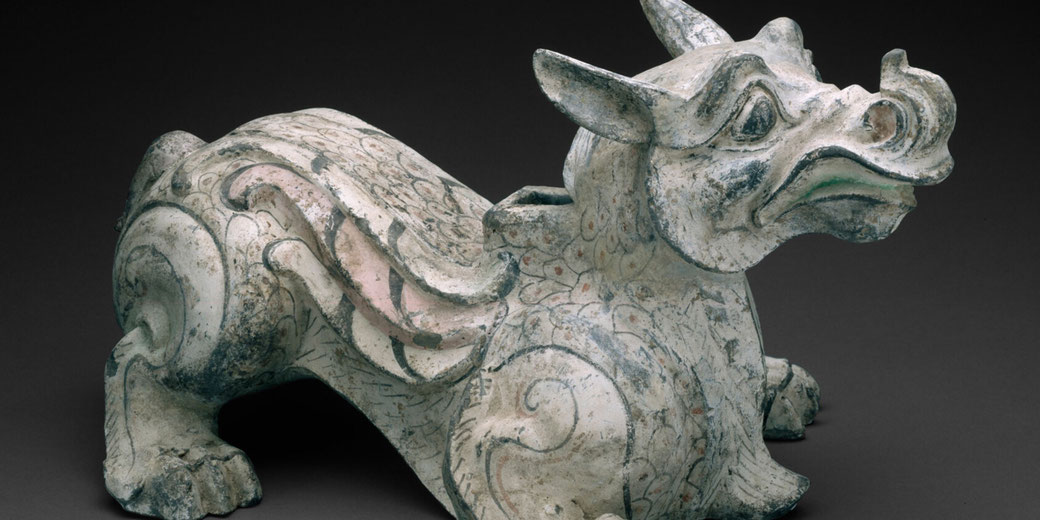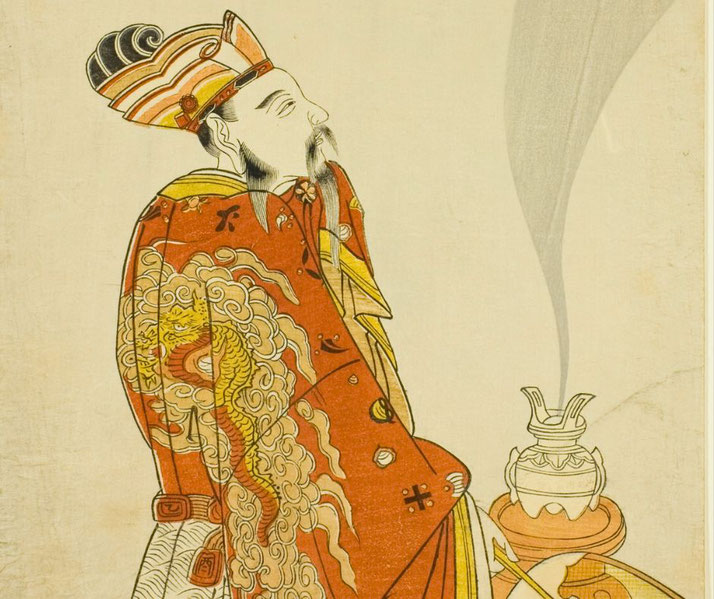The rise and fall of the Han Dynasty in China

The first imperial dynasty in Chinese history was known as the Qin, and it was founded by the famous Qin Shi Huangdi.
However, after his death in 210 BC, the Qin dynasty collapsed, and China entered a period of civil war.
In 206 BC, a new dynasty was born: the Han dynasty. It would stay in power until AD 220.
It is important to note that the Han period is usually divided into two halves: the Western Han period (from 206 BC to AD 9) and the Eastern Han period (AD 25 to 220).
Western Han
The Western Han period began following the civil wars in 206 BC and had as its capital city Chang’an (the modern city of Xi'an).
The Western Han era reestablished peace and order in China, similar to that held under the Qin.
The most famous emperor from this era was known as Wudi, who ruled from 141 to 87 BC.
Under his rule, social and political stability allowed literature, poetry, and philosophy to begin again.
We know a lot about Wudi's reign because a historian named Sima Qian wrote a detailed history, called the Shiji, about it.
His work was so detailed that most other Chinese historians copied its style. The Shiji allows us to see that the Han dynasty ruled over a land area similar to modern China's.
Emperor Wudi also introduced Confucian philosophy as the most important social belief system. People who worked in his imperial court had to study and follow the teachings of Confucius.
Confucianism was used to ensure that palace officials followed strict ethical rules as a way of improving the Chinese government.
Wudi also engaged in military expansion, and controlled the modern region of Korea and the western desert.
Eventually, the Western Han empire fell into a period of civil war that looked to copy the fall of the Qin dynasty.
The period between the Western Han and the Eastern Han periods known as the Wang Mang interregnum (AD 9 - AD 23), when the Xin Dynasty was established by the warlord Wang Mang.
However, less than two decades later, peace was once more restored, but under a new period of Han rule.

Eastern Han
The Eastern Han era began in AD 25 and the capital city was moved to a city called Luoyang.
The Han Dynasty once more engaged in military expansion, this time under a general named Ban Chao.
During the first century AD, he captured and controlled parts of central Asia for the Chinese emperor.
The Eastern Han period is best known for its diplomatic activities, more than its military success.
The emperors sent out envoys to different lands to establish trade connections and to learn more about China's neighbors.
Diplomats from central Asia visited Louyang, as well as some from Japan. The most famous diplomatic meeting was when an envoy from the Roman Empire visited in around AD 166.
Trade connections were created between China and Rome, and diplomats from the Han emperor visited the west.
Following a series of wars with steppe riders from the west known as the Xiongnu, and internal political instability, China once more fell into a prolonged civil war, destroying the Eastern Han dynasty in AD 220.

What do you need help with?
Download ready-to-use digital learning resources
Copyright © History Skills 2014-2025.
Contact via email
With the exception of links to external sites, some historical sources and extracts from specific publications, all content on this website is copyrighted by History Skills. This content may not be copied, republished or redistributed without written permission from the website creator. Please use the Contact page to obtain relevant permission.





